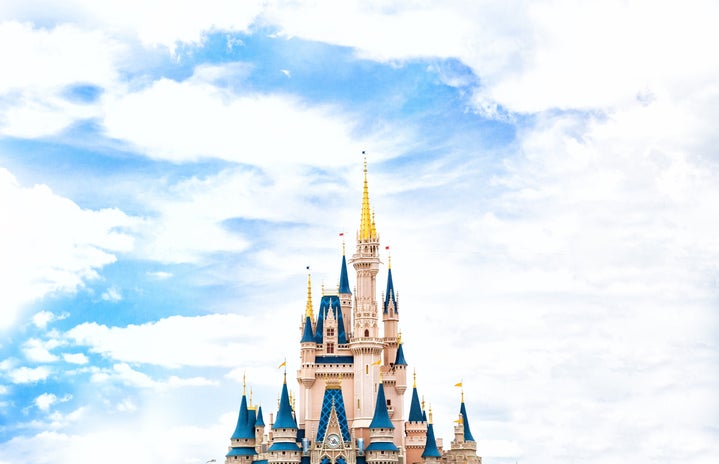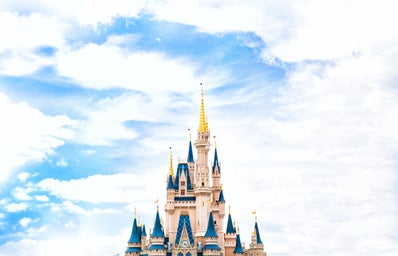In the last couple of years, Disney has drastically changed how they advertise and create new heroines. The cultural shift from naive, lovestruck princesses to smart, empowering women is a massive win for people worldwide. For one, I appreciate seeing princesses without a love interest being the entire plot of their storyline. The “damsel in distress” narrative is no longer in the picture.
Disney’s efforts to make characters that pertain to a broader audience is notable. But this is the bare minimum for a single part of inclusivity. Unrealistic body standards, the absence of LGBTQ+ characters and a general lack of representation for different ethnicities still exist. There is no excuse for not being inclusive anymore. Being one of the world’s largest companies, they must create diverse characters to represent those who need to be the most: minorities.
Since I was young, I have felt represented in nearly all media aspects, save for body standards. By no means am I trying to speak over others because it is not my place. I intend to bring attention to what Disney continuously fails to do; put the spotlight on someone that isn’t like me.
The body images Disney portrays are not only unrealistic, but they’re dangerous. Take Anna from the movie Frozen, for example. Her waist is not proportional to her stature, but she is healthy and beautiful. She is seen sneaking food in multiple scenes, but she is still skinny. Anna’s body is not comparable to what she eats; it is entirely unrealistic. Artists exaggerate cartoon characters, but how can you justify creating characters that look like this when you have impressionable little children watching?
It is things like this that instill eating disorders into the minds of children, particularly young girls. The portrayal of Disney’s unattainable bodies is irresponsible, especially since it is no secret that kids are naive. Watching movies and television shows that have characters like this tend to lead to the same mindset: she is so pretty and thin. I want to be just like her. If I don’t look like her, then I am not pretty. No child should ever determine their worth by how their body looks.
Body standards are not the only thing that Disney is actively avoiding addressing. If a love story is in one of their films’ plots, it is always the opposite sex. Like Andi Mack on Disney Channel, some of their shows include characters that belong to the LGBTQ+ community. While this progressivism is fantastic, it’s time to translate that into their blockbuster hits.
Where are the same-sex couples in their more recent films? Why isn’t there a character who uses they/them pronouns? Why was Andi Mack the first time the phrase “I am gay” has been said across all of Disney’s works? There is hardly any representation for these people; they deserve to be seen just as much as every straight couple and cis-gender person.
In case you were unaware, Disney also has a vast history of being racist. While they seem to have moved past these days, they are not actively trying to reverse them. Tiana was the first Black princess, and The Princess and the Frog only came out in 2009. Disney has been around since 1923; surely, they could have found some time in there to create a main character that is a person of color. Sure, characters like Jasmine from Aladdin represent people of different races and ethnicities, but that film is racially insensitive and promotes stereotypes (but I digress).
It is not just the princesses, either. The prince in question is hardly ever an ethnicity that isn’t caucasian. Young boys deserve to feel just as represented as anyone else. Skin color should never ground for discrimination; every little boy should have someone that makes them feel included. Disney must start including people of all ethnicities in their films and television shows.
We need to hold higher expectations for Disney. The company’s advancements in the past decade are remarkable, but it is hardly reaching the minimum. There are no more excuses for not being fully inclusive in their productions. Disney is fully capable of doing better, but change won’t start until we demand that it does.



